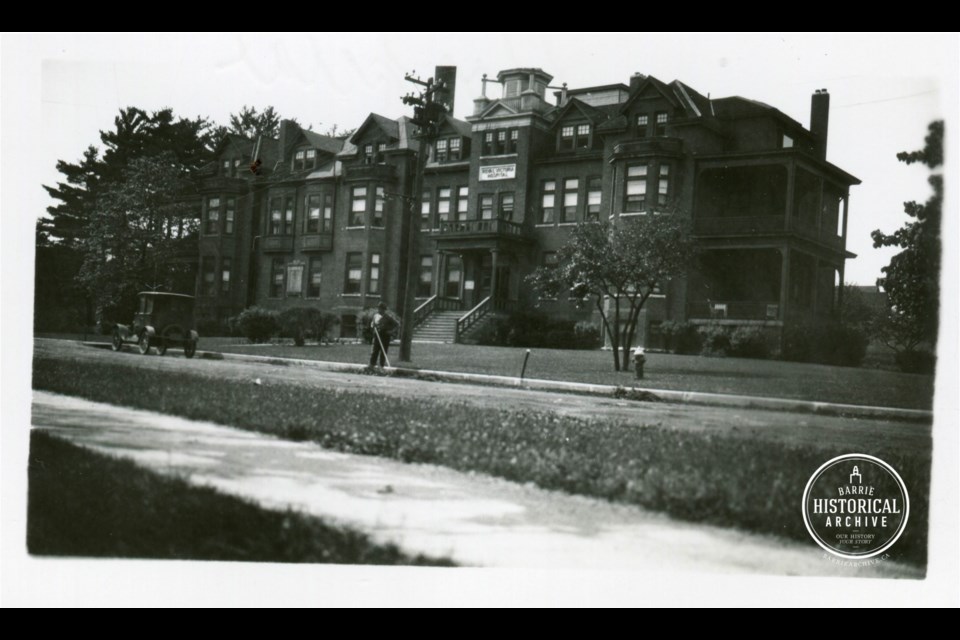Duncan Fletcher, a son of cattle drovers and farming folks, managed to buy a big estate for himself in the Scottish Highlands in the mid 1800s. He had wisely jumped into business in the Orient just as Britain took possession of Hong Kong in 1840, made a bundle of money quickly and got out only three years later, enabling him to purchase what few others in his class could hope to do.
Duncan Fletcher of Glen Aros, as he was afterwards known, is a relative of mine and well thought of in our family history. Not long ago, I was shocked to learn what type of business he was involved in. Duncan Fletcher was an opium trader!
The word opium conjures up all kinds of unpleasant thoughts, and I was taken aback for a while but soon learned that this by-product of the poppy plant, that my relative was importing, was not only perfectly legal but a valued medicine at the time. In fact, the so-called First Opium War between China and Britain, that led to Hong Kong’s colonization, was fought because China had decided to stop opium exportation.
There were dangers associated with opium certainly, but it had many curative properties related to pain, sleep, anxiety, diarrhea and stress, and was believed to be less harmful than other cures then commonly used such as mercury and arsenic.
You may not believe it but opium has been in Barrie almost from its earliest days. The little town on the shore of Kempenfelt Bay had no opium smoking dens, although those eventually became popular in the Chinatown area of Toronto, but the chemists of Barrie certainly had opium for sale.
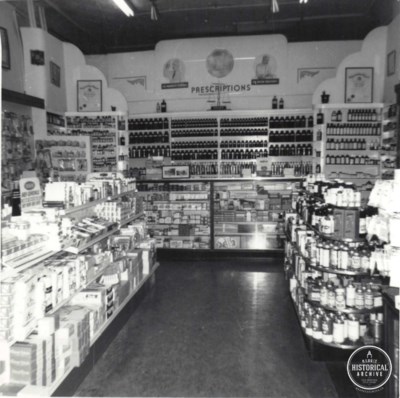 Interior of Caldwell Drug Store on Dunlop St. Photo courtesy of Barrie Historical Archive.
Interior of Caldwell Drug Store on Dunlop St. Photo courtesy of Barrie Historical Archive. In the 1800s, no prescription of any kind was required to walk into a Dunlop St. drug store and ask for morphine, a pain-killer first extracted from opium by a German chemist in 1805.
The same can also be said for another German invention. In 1898, the Bayer company began marketing its biggest seller of all time, a drug that has never left Barrie. With the nearly unpronounceable name, diacetylmorphine, it has always been better known by its brand name. Heroin.
Most likely, the favourite and most accepted way to use opium in this community would have been in a tincture, or mixed with alcohol, in other words. The name of this concoction was laudanum.
Laudanum was considered fairly benign. It wasn’t really drinking – that was for the lower classes – and was purely medicinal. After all, versions of it, with innocent-sounding names like Mrs. Winslow’s Soothing Syrup and Godfrey’s Cordial, were sold to mothers every day to quiet their babies.
The local newspapers were full of helpful hints about the benefits of laudanum – to soothe burns, cure cold symptoms, ease harness sores on horses, and stop hiccups in piglets! They also sadly contained numerous reports of suicides and accidental overdoes.
In 1879, in a case that shone a spotlight on the ease in which dangerous drugs could be obtained, two Barrie men were charged with a multitude of crimes including theft and drugging. James Cooper, of Gravenhurst, came to Barrie in April of that year and met locals, William Salter and Joseph Marrin, and the trio spent quite a few hours on a pub crawl through Barrie’s downtown drinking establishments.
Cooper had quite a bit of money with him, and displayed and spent it freely. Salter and Marrin devised a plan to obtain some of Cooper’s abundant cash.
The ‘Northern Advance’ covered the trial in great detail, and reported on the case just after the arrests were made, in its April 24, 1879 edition.
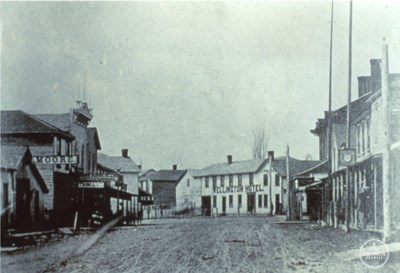 Summersett/ Wellington Hotel, at Five Points, before 1871. Photo courtesy of Barrie Historical Archive.
Summersett/ Wellington Hotel, at Five Points, before 1871. Photo courtesy of Barrie Historical Archive. “Hugh Barry, a young man who had been in the company of the others on the day in question deposed to the drinking about town. He also swore that he heard a remark pass between the prisoners to the effect that they might get up to some kind of game; there was $20 apiece.”
Barry reported that as they were heading to Johnson’s Billiard Room, Salter popped into Monkman’s Drug store to purchase some morphine “for a horse”. George Monkman refused and sold him laudanum instead. At the billiard parlour, Salter bought a bottle of porter and kept it separate from the other drinks.
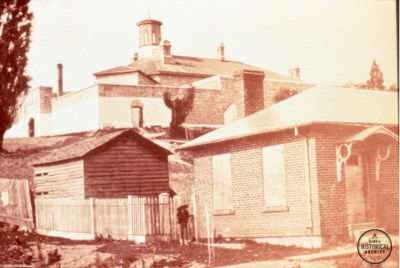 BT18-3 The County Jail as seen from Worsley St. Photo courtesy of Barrie Historical Archive.
BT18-3 The County Jail as seen from Worsley St. Photo courtesy of Barrie Historical Archive. James Cooper was persuaded to try the porter, and even though he later told the police that it “tasted queer,” he partook of the drink his new friends offered. Fortunately for him, Cooper felt the effects of the stupefying liquid quite quickly, and avoided losing his money or his life, or both, and his hotelier, Seth Summerset, was sent for to take him back to his room.
Thomas Summerset sat up all night with Cooper, who was vomiting and unable to sleep. When he finally fell asleep, Cooper slept for nearly 12 hours, and was then visited by Dr. Wells who pronounced laudanum poisoning.
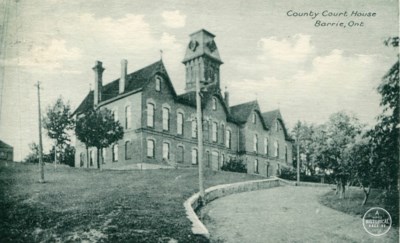 Old County Court House on Worsley St. Photo courtesy of Barrie Historical Archive.
Old County Court House on Worsley St. Photo courtesy of Barrie Historical Archive. William Salter, the doer of the deed, and Joseph Marrin, who admitted hatching the plan, were both given 1 year at hard labour in the Central Prison in Toronto which, at that time, was known for its brutal treatment of prisoners. It could have been far worse. The judge stated that if the morphine had been procured, the charge would more likely have been murder and the sentence hanging.
It wasn’t for another 30 years that the Canadian Government introduced a legislation, called the Patent Medicine Act, which was the first attempt to control drugs in any way. That act prohibited the use of cocaine in medicines and demanded that ingredients such as opium, heroin or morphine be listed on labels.
It would take until the 1920s for these drugs to be entirely prohibited, and other medicines controlled. At the same time, the black market for these products was born and unfortunately still exists to this day.
Each week, the Barrie Historical Archive provides BarrieToday readers with a glimpse of the city’s past. This unique column features photos and stories from years gone by and is sure to appeal to the historian in each of us.
